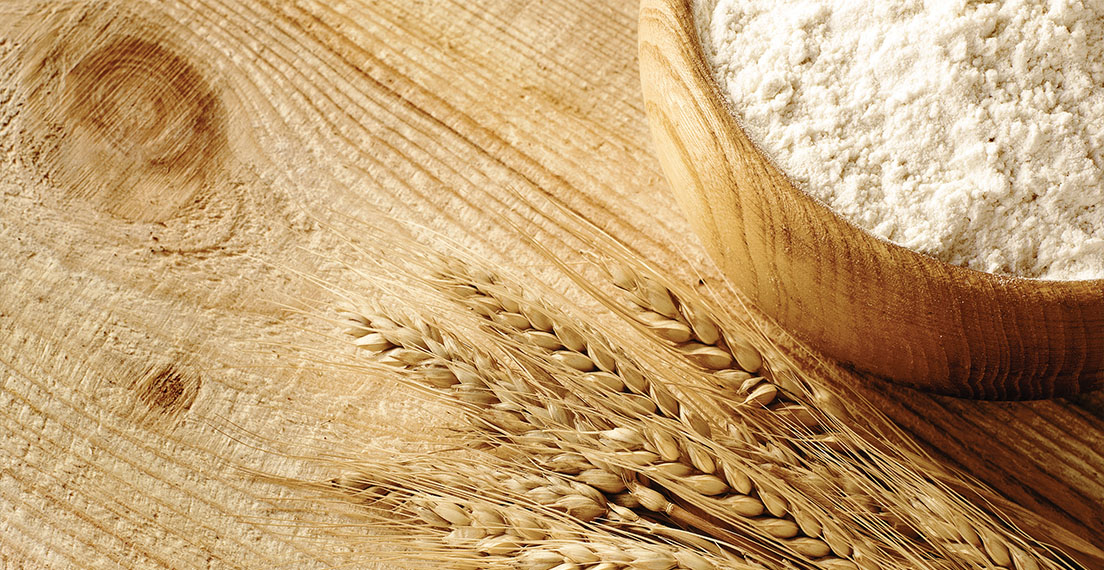Managing the New U.S. Wheat Crop: A Natural Ingredient That Changes Each Year
By Mark Fowler, USW Vice President of Global Technical Services
[Editor’s Note: This is the first in a series of articles to help flour millers transition efficiently and effectively from old to new crop wheat.]
As U.S. wheat farmers finally start harvesting their 2019 winter wheat crop, flour millers around the world turn their focus toward the quality characteristics of the new crop. Each year, millers must remember that wheat is a natural product, so its “millability” (how efficiently wheat can be turned into wheat flour) and quality are affected not only by the predominant and new varieties, but also the growing conditions for the wheat you are buying.
As a former commercial flour miller and milling instructor, I considered this as an ideal time to think about what impact the potential changes in the crop may have on the techniques required to transition new crop wheat on to the mill.

Mark Fowler (right), USW Vice President of Global Technical Services, is a former commercial flour miller and milling instructor at Kansas State University’s IGP Institute, here with millers in Taiwan.
To minimize changes to key quality characteristics their end users need to make a variety of bread and other products from wheat flour, millers will face the challenge of blending new crop with old crop wheat during the initial transition period. Blending wheat to maintain protein percentage and flour functionality characteristics gets the most attention as a matter of course. However, millability is affected by several quality characteristics. Moisture, test weight, kernel size and kernel hardness are just a few of the factors that millers must evaluate during this time of transition to optimize the quantity (extraction rate) and quality of the flour they will produce.
As U.S. Wheat Associates (USW) reports on the progress and quality of the 2019 U.S. wheat harvest over the next several weeks, our team of technical experts will provide a series of insights to help our flour miller customers prepare for integrating new crop wheat along with some interpretation of the potential impact of wheat quality results for the millers and end users. We will review such topics as wheat and flour blending, cleaning, tempering and conditioning and end use functionality.
Understanding the impact of the new wheat supply and preparing to make the necessary changes is the key to a successful crop transition. As always, USW technical experts are available to answer any question our customers may have by contacting their local USW office, or by sharing a question in our new “Ask the Expert” section of our website at https://www.uswheat.org/market-and-crop-information/ask-the-expert/.


